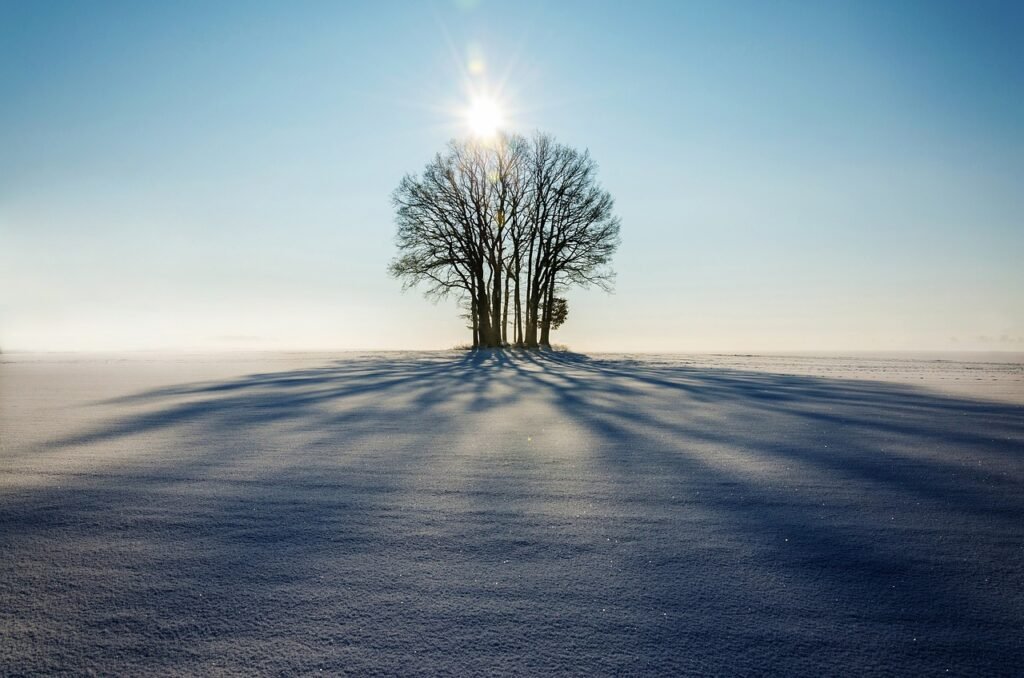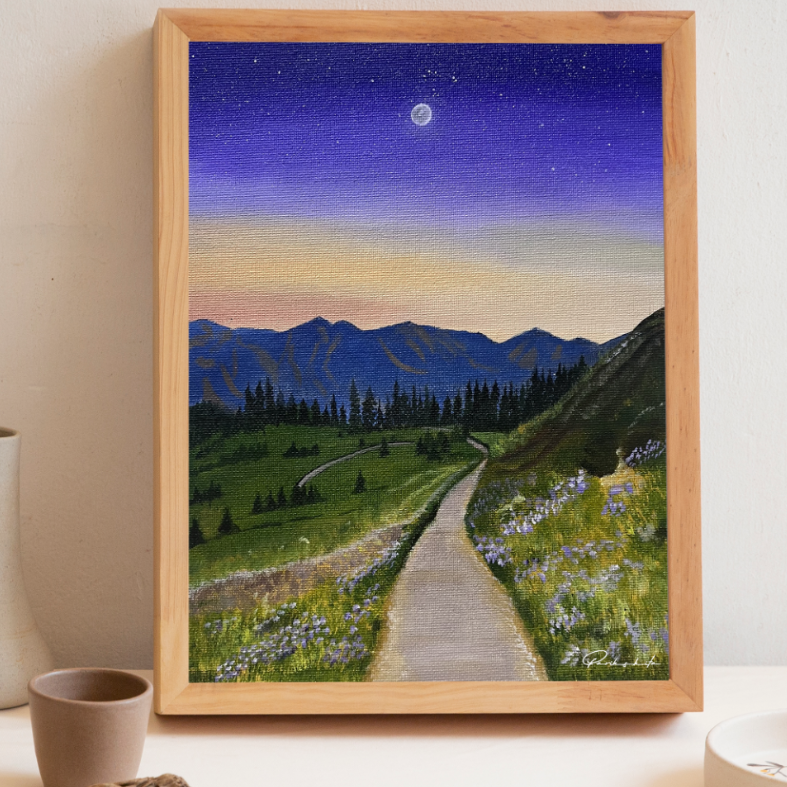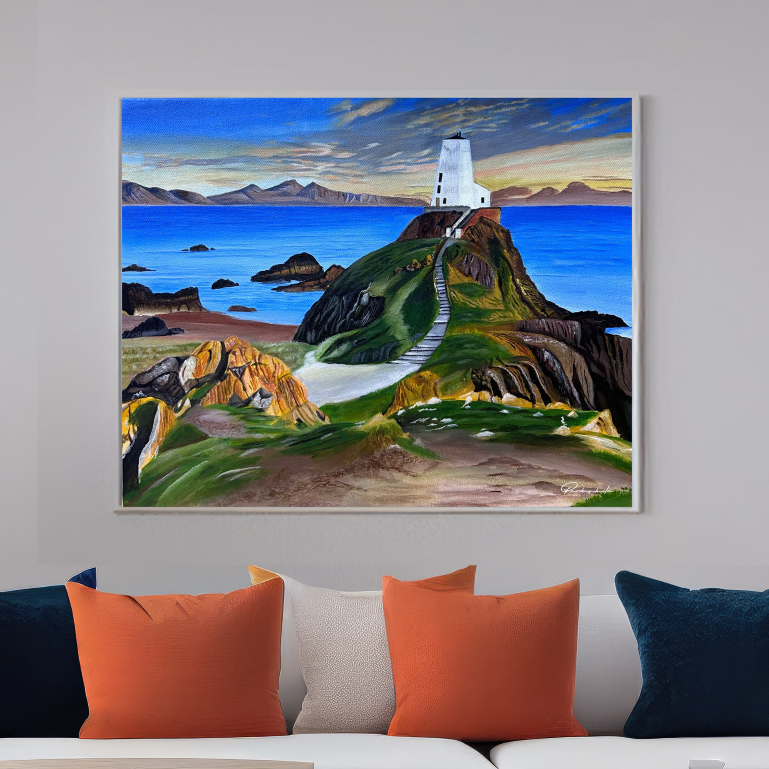Landscape paintings is a captivating and timeless art form that allows artists to capture the beauty of the natural world on canvas. Whether you’re a beginner or an experienced artist, there are several fundamental facts that can greatly enhance your understanding and proficiency in landscape painting. In this blog, we’ll delve into 5 vital facts that every landscape painter should know to create stunning and evocative artworks.
1. Understanding Light and Shadow
Light is the cornerstone of any visual art, and in landscape painting, it plays a pivotal role. Successful landscape artists grasp the nuances of light and shadow, which define the mood, depth, and realism of a scene. The position of the sun, time of day, and weather conditions all influence how light interacts with the landscape. To master this, study how different lighting conditions affect color, contrast, and the interplay of highlights and shadows.

2. Embracing Perspective
Perspective is the magic that creates the illusion of depth and distance in a two-dimensional artwork. Landscape painters must comprehend both linear perspective (converging lines) and atmospheric perspective (the fading of colors and details in the distance). A strong command of perspective allows artists to place elements accurately within the scene, enhancing its realism and visual impact.

3. Color Harmony and Palette Selection
Colors convey emotions and set the tone for a painting. Effective landscape artists understand color theory and how to achieve harmonious color palettes.
Consider the mood you want to convey – warm colors (reds, oranges) evoke energy and passion, while cool colors (blues, greens)
evoke tranquility and serenity. Experiment with limited color palettes to create focus and unity in your artwork.
4. Composition and Focal Points
A well-composed landscape guides the viewer’s eye and tells a story. The rule of thirds, leading lines, and balancing elements are all techniques that contribute to a strong composition. Identify a focal point – an area of interest – that draws viewers into the painting and guides their exploration. Experiment with different compositions to find the one that best conveys your artistic intention. For more in depth idea about this point, you can refer 5 COMPOSITION IDEAS TO IMPROVE YOUR LANDSCAPE PAINTING by Samuel Earp.
5. Capturing Atmosphere and Mood
Landscape painting isn’t just about replicating what you see; it’s about conveying the emotions and atmosphere of a place. Skillful landscape artists infuse their works with mood, whether it’s the tranquility of a misty morning or the drama of a stormy sky. Experiment with brushwork, texture, and color manipulation to capture the essence of the scene and evoke an emotional response from the viewer.

Landscape painting is a journey that combines technical skill and artistic intuition. By understanding these five vital facts that every landscape painter should know – light and shadow, perspective, color harmony, composition, and mood – you can elevate your landscape artworks from mere representations to captivating visual experiences. Continuously honing your craft and embracing these principles will enable you to create landscapes that resonate with viewers and stand the test of time.





